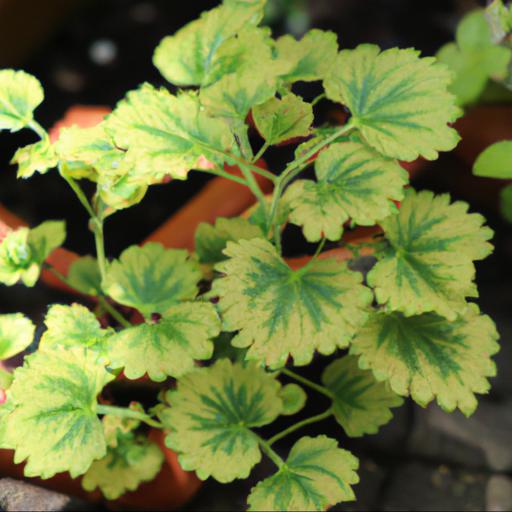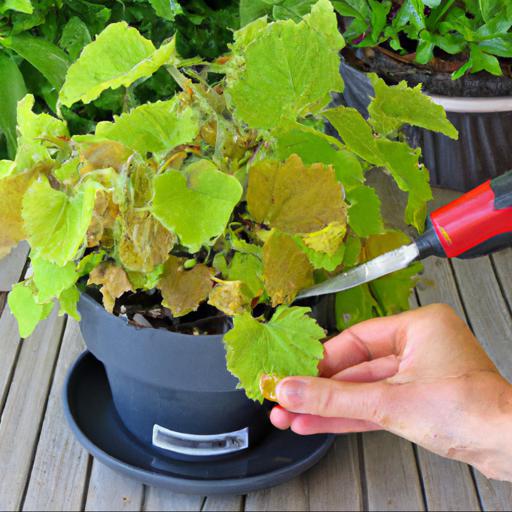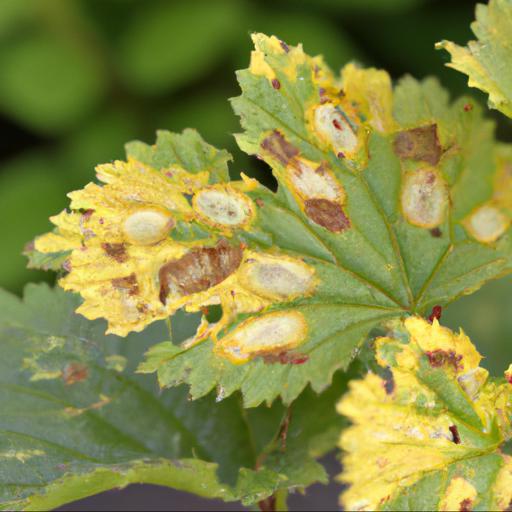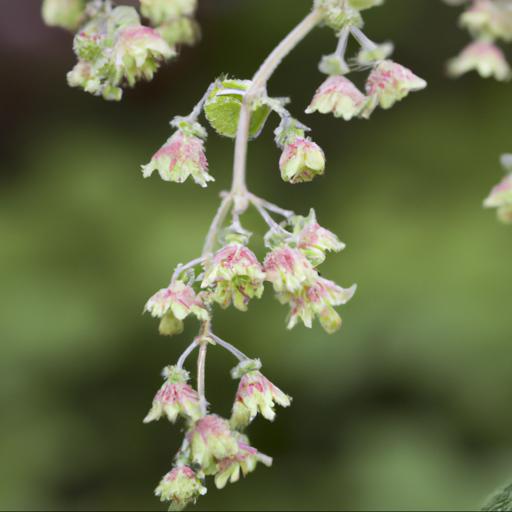Tellima grandiflora, also known as Fringe Cups, is a flowering perennial plant native to western North America. This hardy, evergreen shrub is well-known for its beautiful, star-like white flowers that bloom in late spring and early summer.
It is an ideal choice for gardeners looking to add texture and color to their landscape, as it is easy to care for and requires minimal maintenance. Its lovely blooms attract butterflies and hummingbirds, making it a great addition to any garden. In this blog, we’ll explore the benefits of Tellima grandiflora and provide tips on how to best care for this lovely flowering plant.
Benefits of growing tellima grandiflora

With its vibrant, peacock-like blooms, Tellima grandiflora adds dramatic color and texture to any garden. It is an evergreen member of the Saxifragaceae family, native to the northwestern United States and British Columbia, renowned for its many beneficial qualities. Not only is it an excellent addition to your garden’s aesthetic appeal, but it can also reduce your maintenance workload by requiring less irrigation and serving as a natural barrier to weeds.
Most noteworthy are its beautiful clusters of delicate, bell-shaped blooms that appear in the late spring and early summer. They open to reveal golden yellow centers adorned by a ring of pink-tinged white petals, offering a captivating contrast to other plants near them.
Even its leaves are dramatic, with each serrated, lobed leaf having an impressive bright emerald green color. When it comes to practical benefits, Tellima grandiflora offers low-maintenance growing conditions. It is drought-tolerant and thrives in part shade to full sun, requiring only occasional irrigation to get by.
What’s more, its thick evergreen foliage helps to prevent the growth of weeds and lawn grasses, which can help reduce the amount of weeding you need to do. Due to its hardiness in cold winters, Tellima grandiflora is easy to grow in various parts of the UK, enabling you to enjoy its vibrant foliage and blooms in your garden throughout the year.
In conclusion, Tellima grandiflora is a beautiful and hardy addition to gardens, adding both an aesthetic and practical value. It needs only occasional irrigation and thrives in both shade and sun conditions. Those who live in colder climates will appreciate the foliage’s ability to remain evergreen year-round, while its flowers bring an eye-catching display of pink, yellow and white.
With its easy growing requirements and low maintenance needs, it is no surprise that Tellima grandiflora is a favorite amongst British and US gardeners alike.
Tips for planting and caring for tellima grandiflora

Tellima grandiflora, with its dainty teardrop shaped flowers, is one of the most popular evergreen perennials in the UK. Whether you’re planting this low-maintenance beauty in containers or a well-drained garden bed, here are some tips that will help you grow and care for this majestic plant.
To start your Tellima grandiflora off on the right foot, make sure to plant it in a sunny location that gets at least 4 to 6 hours of direct sunlight every day. because this species of plant loves to be exposed to plenty of bright light. The ideal soil for Tellima Grandiflora is a nutrient rich, well-draining soil.
One of the best ways to ensure that your Tellima Grandiflora has the best conditions for growth is to mix a high-quality potting soil mix with a good compost. Regular watering is also a must for Tellima grandiflora.
Water your plants once a week giving a deep soak that lasts for several minutes until the water runs through the drainage holes. Make sure to water your Tellima Grandiflora evenly to avoid over watering. As a preventive measure, it is recommended that you check the soil before each watering to make sure it is not already wet.
Fertilizing your plants once a month with a balanced liquid fertilizer will also be beneficial. To keep your Tellima Grandiflora in top condition, it’s important to give it the best conditions possible.
With the proper care and attention, your plants should thrive and you should be rewarded with its stunning show of a vivid, star-shaped blossoms in the summer.
Common pests and diseases of tellima grandiflora

. If it’s springtime, then it’s time to look out for tellima grandiflora around the garden! This spring-blooming perennial lives up to its name, producing clusters of small, star-shaped, fragrant blooms in white, pink, or red that add a burst of colour when much of the ground is still covered in snow.
While tellima grandiflora can look picture-perfect, it’s also susceptible to pests and diseases that can ruin its appearance and growth. To help keep this beautiful plant in tip-top condition, here are some of the common pests and diseases of tellima grandiflora and how to deal with them.
One of the most common pests to affect tellima grandiflora is slugs and snails, which feast on the foliage, leaving behind ragged holes. To help protect your plants from these slimy intruders, regularly pick them off around the base of the plant, apply organic slug and snail repellents, or create a barrier of sharp slate chips or even egg shells around the plant. Tellima grandiflora is also susceptible to fungal diseases such as powdery mildew, which causes a white, powdery coating to appear on the upper surface of the leaves.
The most effective way to control the spread of powdery mildew is to keep the plant well-watered and growing in a sunny spot. Regular pruning can also help to prevent a build-up of this fungal infection.
Finally, tellima grandiflora is prone to fungal leaf spot caused by Alternaria, a group of fungi that colonise the foliage and can cause leaf yellowing and necrosis. To keep these fungal spots at bay, ensure the plants are standing in a well-draining area and keep them free from any accumulation of water or moist conditions around the roots. To treat existing fungal leaf spots, you can use fungicidal treatments to kill off the fungus.
In conclusion, these are the main pests and diseases that affect tellima grandiflora, but by taking some simple steps, such as picking off slugs and snails, pruning regularly, and providing good drainage for the plant, you can make sure that your tellima grandiflora remains healthy and robust for years to come.
How to use tellima grandiflora in landscaping
If you’re looking for a splash of color and texture in your garden, look no further than the Tellima grandiflora. Also known as the Fringe Cup, this unique and versatile plant can be used in a variety of ways to spruce up any landscape. Tellima grandiflora is an evergreen perennial with its small white or pinkish flower blooming in March or April.
It produces three-inch long narrow leaves with a frilly border. These can grow up to 3 feet tall in ideal conditions and spread at a moderate rate.
It’s a hardy plant and can even handle light shade, making it quite versatile when it comes to landscaping. Tellima grandiflora can be used in a variety of ways in your garden. Plant them as ground cover, along pathways, and in borders and containers.
They look especially attractive when planted in combination with other perennials, such as heucheras, and when used for edging around a garden bed or patio. This charming plant also adds texture and a pop of color when combined with taller perennials.
The low-maintenance and self-seeding nature of the Tellima grandiflora makes it ideal for gardeners on the go, as it’s a low-fuss addition to any yard. If you’re looking for an easy way to add texture and liven up your garden, the Tellima grandiflora may be just what you need.
Whether used as a standalone plant or paired with taller plants to bring out its beauty and texture, it’s the perfect choice for any garden.
Our video recommendation
Final Touch
Tellima grandiflora, commonly known as fringecups, is a flowering plant native to western North America. This perennial herb has attractive, bright green foliage and produces cup-shaped white flowers in late spring and early summer.
It is easy to grow in well-drained, humus-rich soil and prefers partial to full shade. Fringecups are an excellent choice for woodland gardens and shady borders, and they are also deer and rabbit resistant.
FAQ
What is the scientific name of Tellima grandiflora?
The scientific name of Tellima grandiflora is Frasera grandiflora.
What type of soil is best for Tellima grandiflora?
Well-drained, loamy soil with a slightly acidic pH is best for Tellima grandiflora.
What is the ideal temperature for Tellima grandiflora?
The ideal temperature for Tellima grandiflora is between 45-75°F (7-24°C).
How often should Tellima grandiflora be watered?
Tellima grandiflora should be watered once a week or when the soil is dry to the touch.
What type of light does Tellima grandiflora prefer?
Tellima grandiflora prefers partial to full shade.
How long does it take for Tellima grandiflora to flower?
Tellima grandiflora typically takes around 3-4 months to flower.

